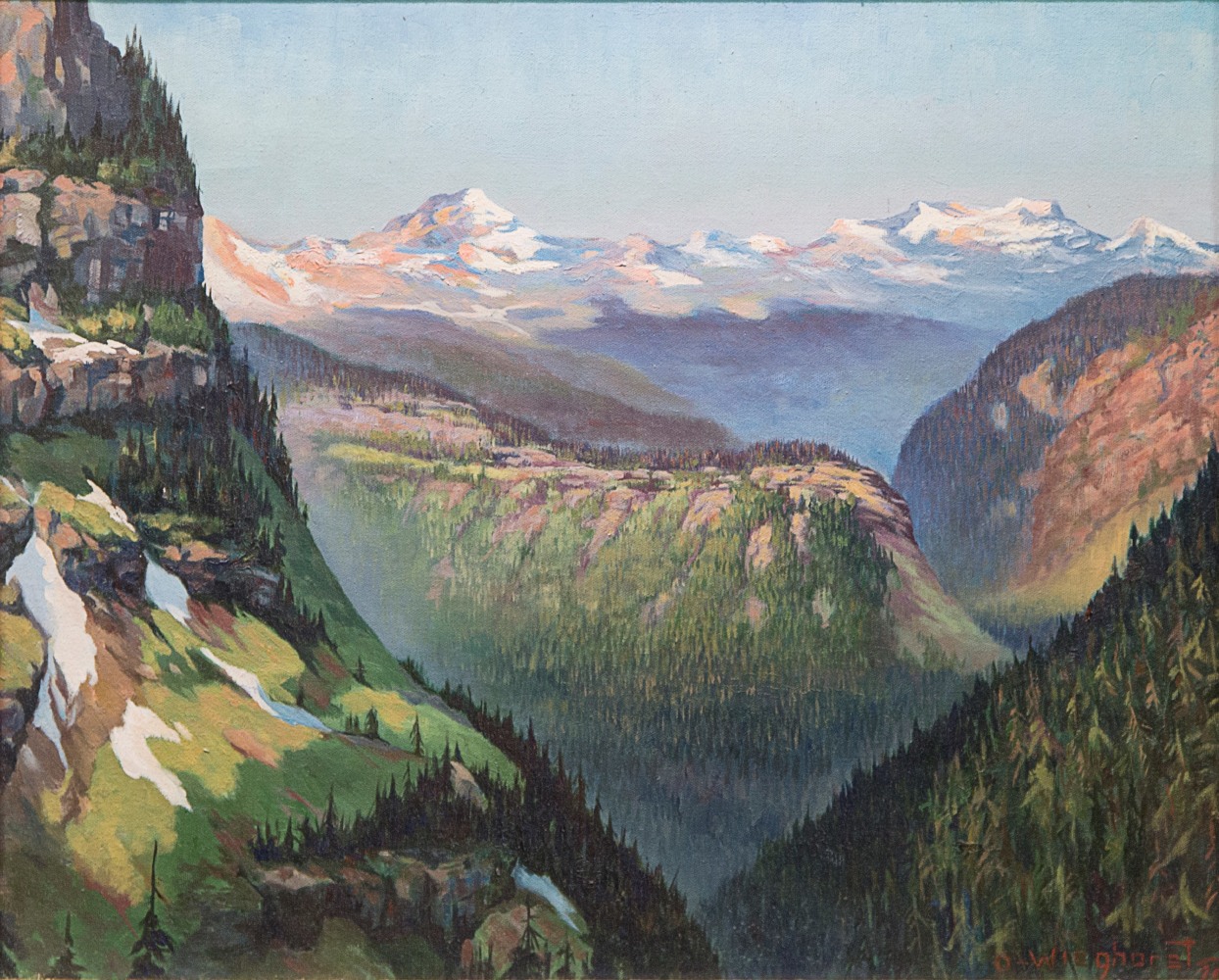Danish 1899-1988
Weighorst was born in Viborg, Denmark, son of a Danish photographer and film animator. He was known as the "Dean of Western Artists" and placed in a class with Frederic Remington and Charles Russell. Olaf was at one time an acrobat, trick rider, cavalryman, cowboy, mounted policeman, and one of the great western artists. His experiences as a cowboy and horseman give truth and reverence to his work. Olaf Wieghorst created his art not only with a skillful hand and eye, but with a skillful heart.
Samuels' Encyclopedia Of Artists Of The American West by Peggy and Harold Samuels; Book Sales, Inc., 1985. says of Wieghorst:
" (He) specialized in horses of the West and was known for as an illustrator and sculptor. Wieghorst was the son of a display artist and photograph retoucher who became an engraver. He was educated in the Copenhagen public schools. Interest in horses developed while he apprenticed in a store and on a farm so he began painting in 1916. While working as a sailor in 1918, he jumped ship in New York City where he enlisted in the U. S. Cavalry for a duty on the Mexican border. During his three years of military service as a horseshoer, he learned rodeoing and trick riding. He was mustered out in Arizona, finding work as a ranch hand on the Quarter Circle 2C Ranch whose brand became Wieghorst's insignia. In 1923, he returned to New York City, graduating from the Police Academy in 1925. Assigned to the Police Show Team of the Mounted Division, Wieghorst began to paint in his spare time. In 1940, he found an agent for his paintings which immediately sold them as calendar art and as Western illlustrations. By 1942, he was receiving commissions for horse portraits and bronzes. In 1944, Wieghorst retired from the Police Department, settling in El Cajon, California in 1945. By 1955, he had a waiting list of buyers. "I try to paint the little natural things, the way a horse turns his tail to the wind on cold nights, the way he flattens his ears in the rain, seasonal changes in the coat of a horse, and psychology of his behavior. Horses have been my life."
|

